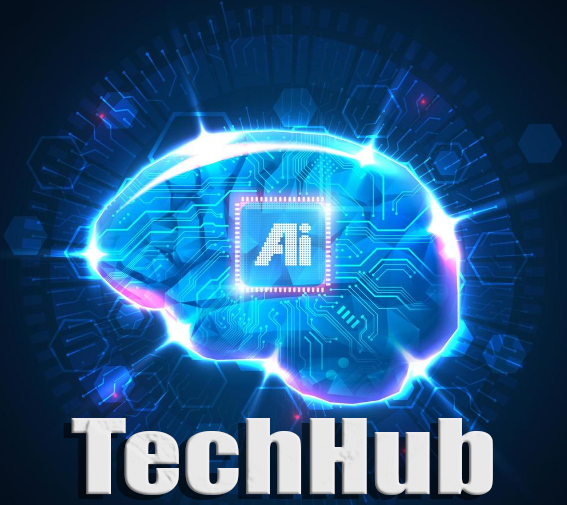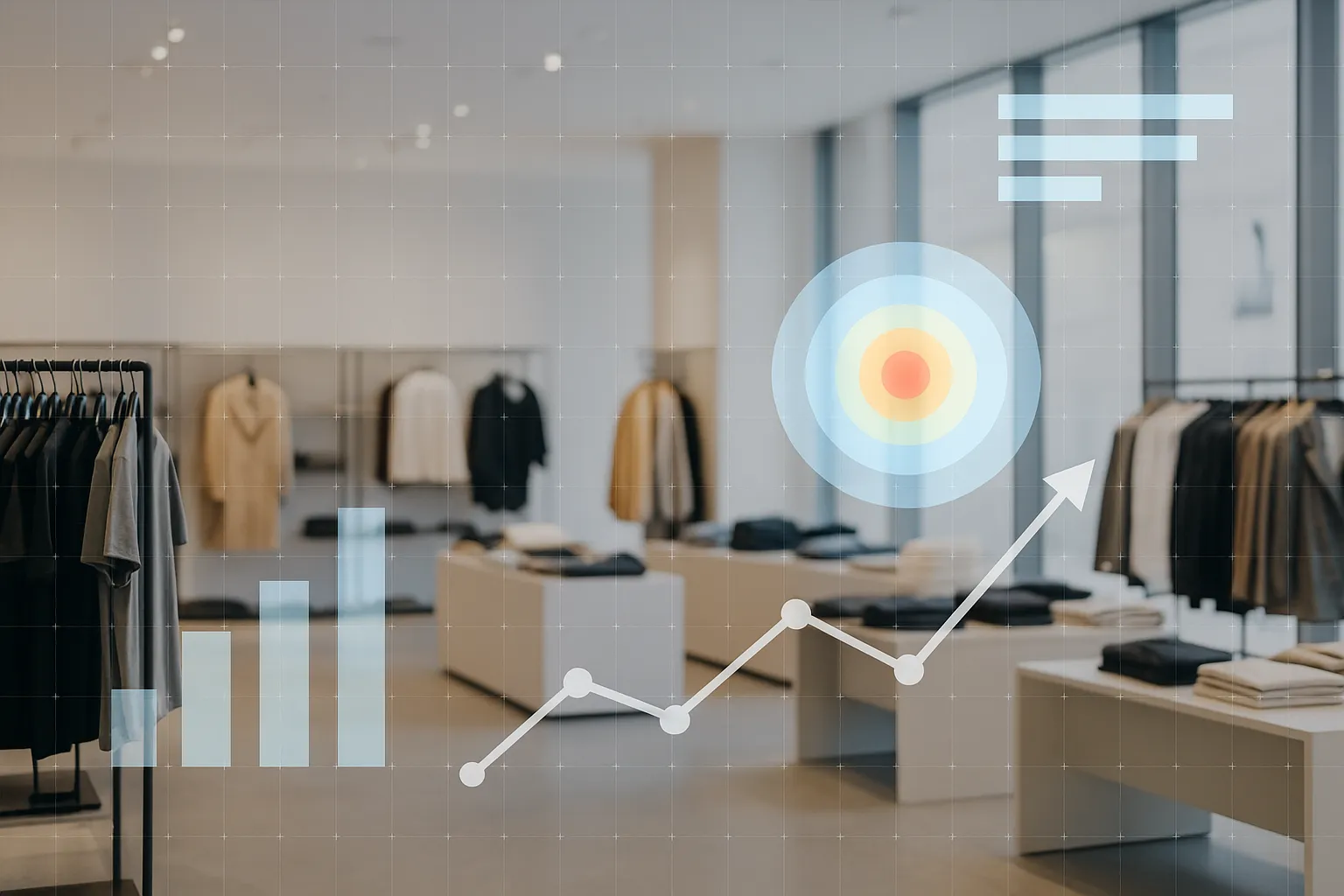Ever walked into a store and felt like it just gets you? The layout flows, the products catch your eye, and before you know it—you’re buying something you hadn’t even planned for. That’s no accident. Behind the scenes, retailers are using powerful tech to study how people move, browse, and interact. It’s called visual analytics, and it’s changing the face of offline retail.
In this article, we’ll break down how visual analytics—when paired with smart IoT devices—helps physical stores convert more visitors into paying customers. From heat maps to dwell time tracking, let’s explore how data meets the sales floor.
What Is Visual Analytics in Retail?
Visual analytics combines computer vision with AI to analyze video footage from physical spaces. Think of it like having a digital “eye” that watches how shoppers behave—from how long they stop at a display to which routes they take around the store. But it’s not surveillance for the sake of it. It’s insight. Insight that helps you design better spaces, manage traffic, and ultimately, sell more.
At the core of this system are modular IoT devices—small sensors and cameras that can be installed without IT support. Once active, these tools provide real-time data over a global LTE network. That means any store, anywhere, can gain access to high-quality visual intelligence with zero infrastructure hassle.
Why Visual Analytics Matters for Conversion
Here’s the reality: not every visitor is a buyer. But what if you could understand why some people leave empty-handed? That’s where visual analytics comes in. Let’s break it down:
1. Foot Traffic Tracking
First things first—you need to know how many people are coming through the door. Visual analytics tools track visitor count accurately without relying on manual clickers or outdated sensors. You get exact figures, even by time of day or week.
2. Dwell Time Insights
Do customers linger in a specific area? Do they rush past others? Tracking dwell time helps you see which zones are working and which need rethinking. Longer dwell times often translate to higher engagement—and better odds of a sale.
3. Attention Analysis
Where do people look? Eye-tracking and motion analysis help pinpoint whether your product displays are capturing attention or getting ignored. That’s gold when testing promotions or launching a new collection.
4. Queue Management
No one likes waiting. By analyzing bottlenecks in checkout zones or dressing rooms, visual analytics allows you to act fast—opening another register or rearranging your layout to reduce friction.
Real Use Cases for Physical Retail Spaces
Visual analytics isn’t just a high-tech toy. It delivers serious business results across various environments:
| Use Case | Benefit |
|---|---|
| Retail Stores | Increase sales by optimizing product placement |
| Shopping Malls | Analyze footpaths to manage crowd flow |
| Office Buildings | Improve lobby layouts for smoother visitor check-ins |
| Event Spaces | Track popular zones to plan future events more effectively |
| Supermarkets | Identify underperforming aisles for layout adjustments |
Modular and Easy: No IT Required
One of the most underrated features of this technology is its simplicity. Openretail, for example, offers a solution that doesn’t need a dedicated IT team to install. Just plug in the device, connect via LTE, and you’re good to go. That’s a game-changer for mid-sized retailers or businesses managing multiple locations.
This means you can scale fast. Need to test in one location first? No problem. Expanding to five more? You won’t have to rebuild your entire system or bring in expensive tech consultants.
Beyond Data: Making Smarter Decisions
Having data is one thing. Making use of it—that’s the goal. Visual analytics platforms don’t just spit out numbers. They offer actionable dashboards, predictive insights, and exportable reports. Whether you’re a store manager, a marketing lead, or a regional operations head, the goal is the same: improve the bottom line.
When you can see how your space performs, you can tweak and test with confidence. It’s a loop—watch, learn, improve, repeat.

